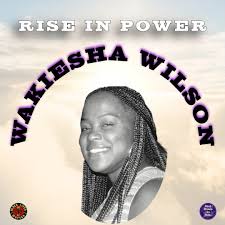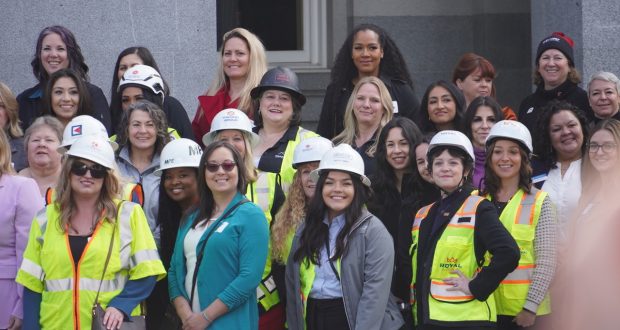By Lou Yeboah
Understand that nothing – no calling or circumstance, no adversity or advancement, no pain or promotion, no status or station – escapes the brush strokes of My love for you. My love bleeds into every fabric and fiber of your being. There is nowhere you can escape My love. My love for you is unconditional, unending, and unmistakable. You see, before your first conscious thought, before even your first breath on Earth, I already loved you! [Jeremiah 1:5], says the Lord. Until death do us part! Nothing can escape the brush strokes of My love for you! I will never leave you. I will never abandon you.” [Hebrews 13:5].
I tell you; Paul was right. “Nothing can separate us from the love of God. For I am convinced that neither death nor life, neither angels nor demons, neither the present nor the future, nor any powers, neither height nor depth, nor anything else in all creation, will be able to separate us from the love of God …” [Romans 8: 35, 37-39]. “
I want you to pause this morning, afternoon, evening, night, whatever time of day it may be where you are and consider the overwhelming love of God. [Romans 5:8]. A love that was mocked, beaten, spat upon and had a crown of thorns twisted into His skull as He was beaten beyond recognition all because He loved you and me. I can imagine Angels watching in a state of shock when they saw how their great and glorious Master, the Creator of Heaven and Earth, the Lord of Hosts, was humiliated and taunted by demons and sinners. The powers of the universe shuddered and trembled when Jesus died. Even Satan couldn’t believe his own obscured eyes when he saw how this Mighty Son of God, who was so full of the Amazing Power of God, could be killed so easily. He could hardly believe it. This same Jesus cast out thousands of his demons, and healed tens of thousands of people who had been overcome by the devil… And now… He was defenseless, powerless, a willing lamb… Why? Because “No Greater love has no one than this, that he lay down his life for his friends.” [John 15:13]. Jesus wasn’t forced to die. He wasn’t overpowered, outnumbered, or tricked into it. He chose the Cross because of the love He has for you and me.
So, if you are searching for love this Valentine’s, then look no further – “God is waiting for you, with open arms. Ready to receive you, forgive you, embrace you. And it doesn’t matter where you’ve been, it doesn’t matter what you’ve done, it doesn’t matter what you’ve experienced, it doesn’t matter what you have thought about yourself or what other people may have said about you – God loves you unconditional. His love is not like human love which can be fickle and fragile. “His Love is stronger than death,” says the Song of Solomon.
He loves you so much that he has engraved your name on the palm of His hand. [Isaiah 49:16]. He loves you so much that He knows how many hairs are on your head. [Matthew 10:30]. He loves you so much that He saves your tears in a bottle. [Psalms 56:8]. He loves you with an everlasting love. [Jeremiah 31:3]. For there is no greater love than the love the Father has for us. To send His one and only Son to sacrifice His life on our behalf is the greatest love story of all time. [John 3:16].
I pray that you, being rooted and established in love, may have power… to grasp how wide, long, high, and deep is the love of Christ. — [Ephesians 3:17-18]. But if you ever doubt that you are loved, read the love letters He’s written you. They’re in the Bible. The history of His love, the depth of His commitment, your worth – how much he values you and cherishes you, the lengths He went to in order to have a relationship with you. It’s all there. Just for you. Maybe this Valentine’s Day, it’s time you discovered your greatest love.
Happy Valentine’s Day in Advance!
 Westside Story Newspaper – Online The News of The Empire – Sharing the Quest for Excellence
Westside Story Newspaper – Online The News of The Empire – Sharing the Quest for Excellence




